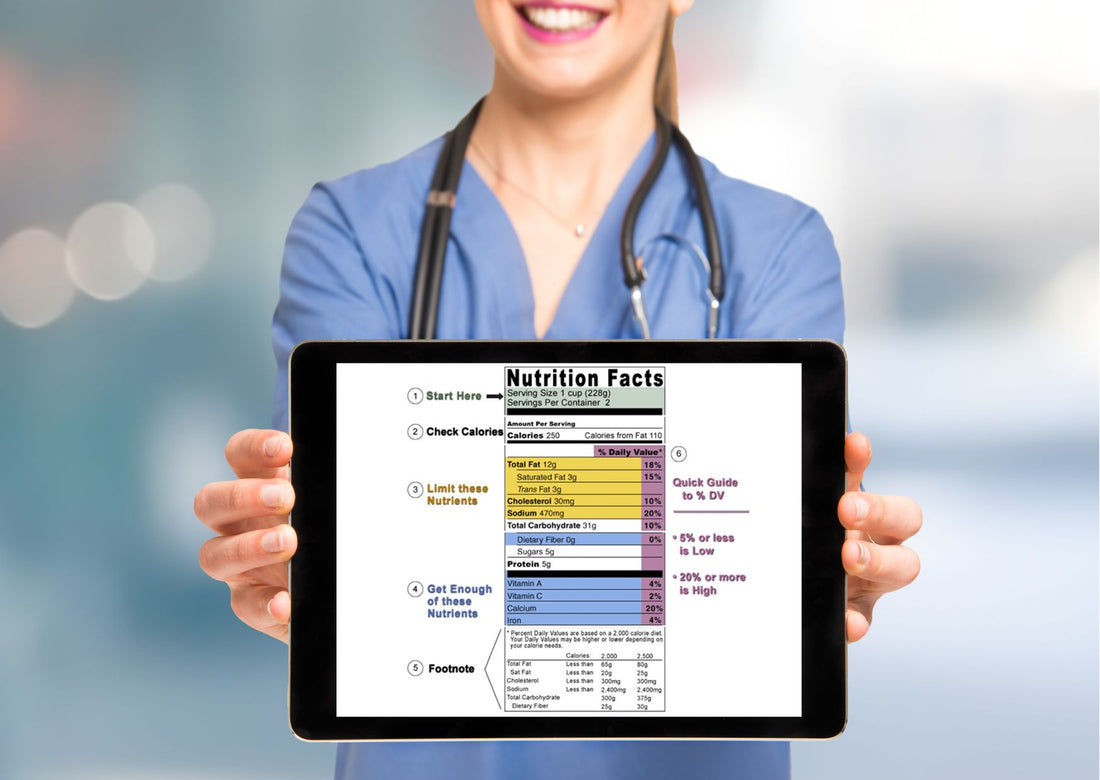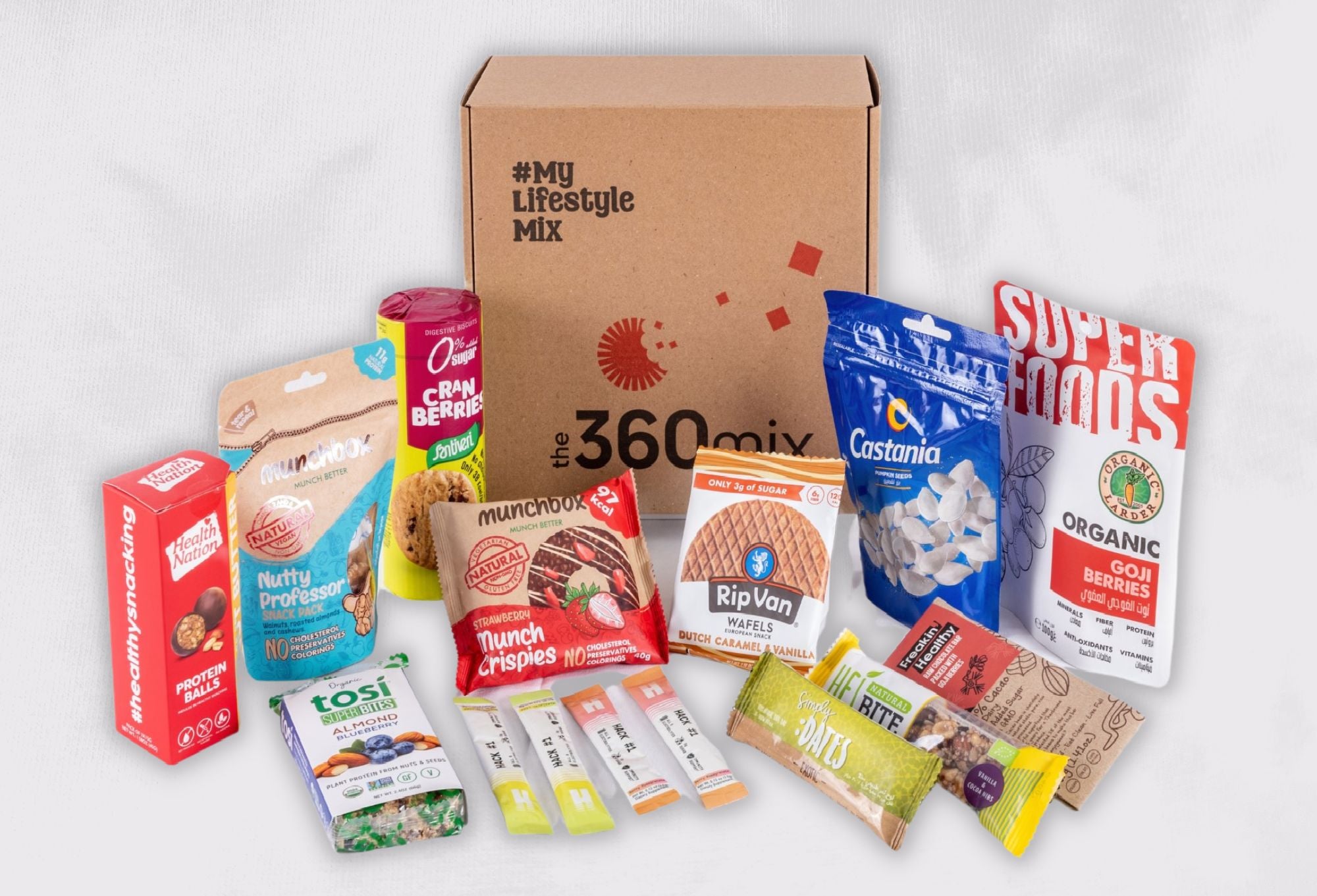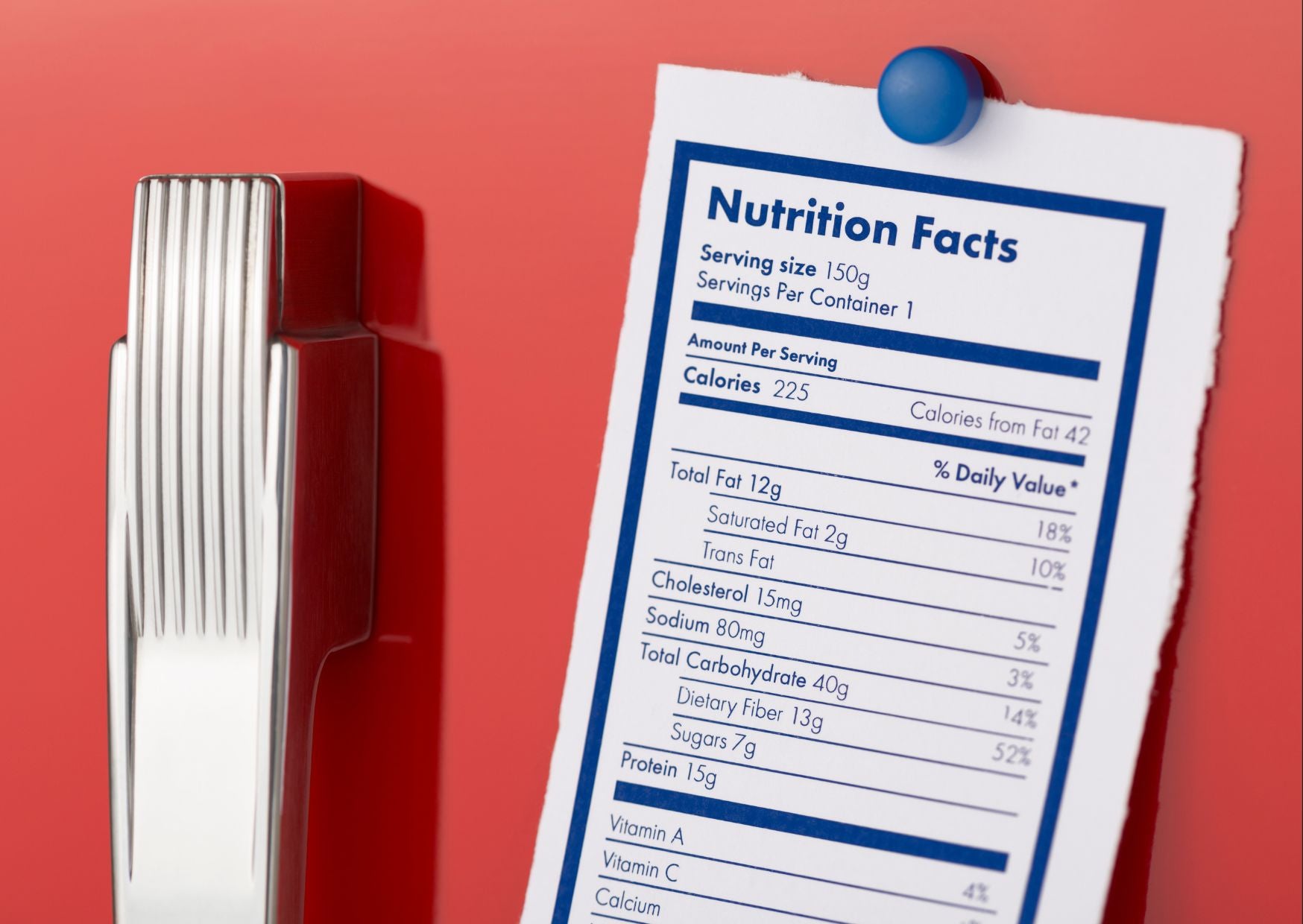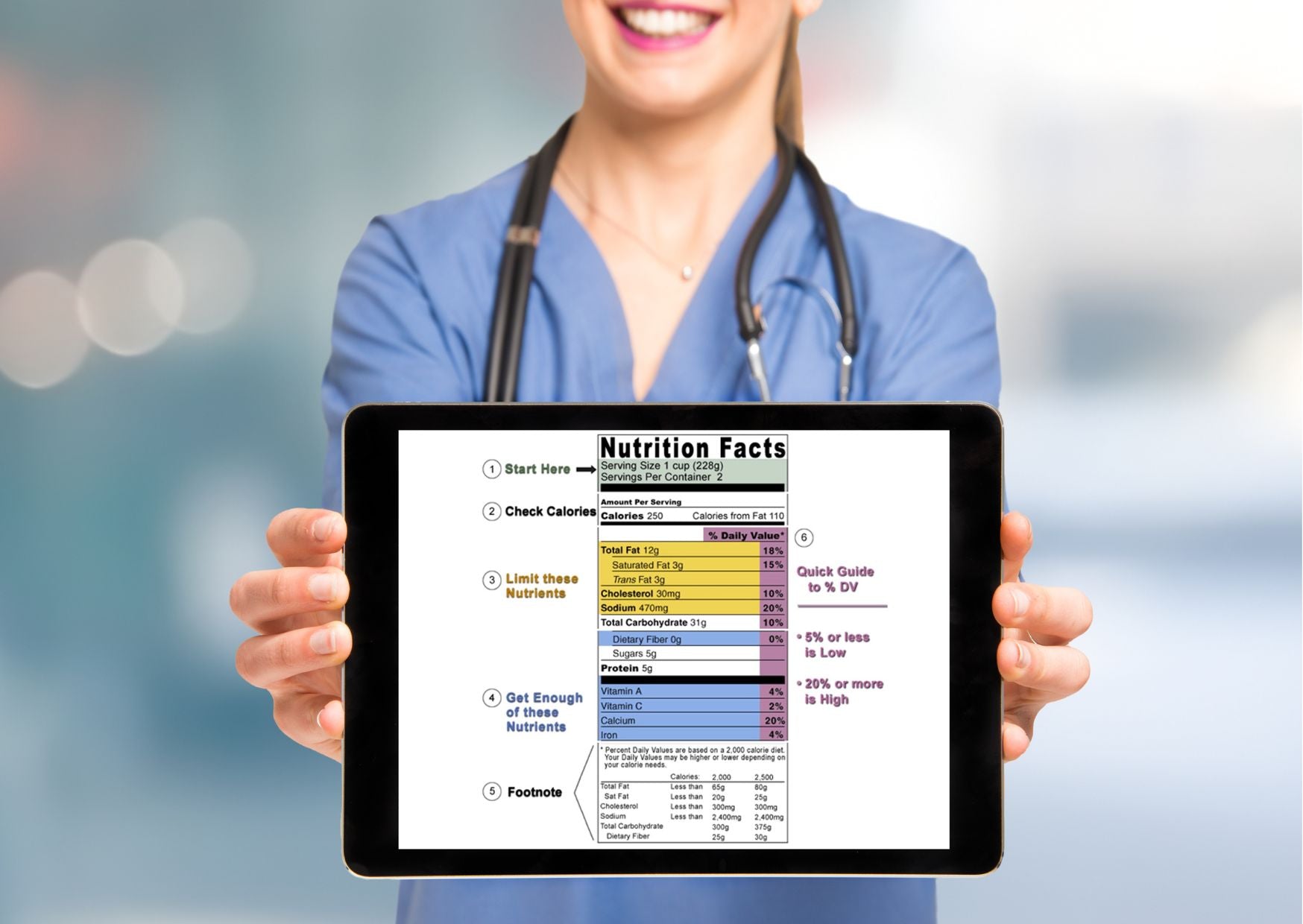Reading nutritional labels isn’t easy. The sad truth behind this is that the food industry would prefer that you just looked at their clever marketing ploys. They don't want you to spend too much time on the details. These details include added preservatives or flavors, serving sizes, sugar or salt amounts.
But with more and more people finding themselves facing various health issues such as diabetes and obesity. Just knowing how to read nutritional labels helps take the power away from the food manufacturers. It places it directly into your hands.
3 important factors when reading snack nutrition labels
Serving size is important
So, let’s start at the beginning. Firstly, everything on a nutrition label (not on the packaging itself) relates to the serving size, so it’s important to note what this is.
Sometimes, what appears to be a one serving sized biscuit, is actually two. We can easily find ourselves consuming too many calories, fats, cholesterol, sugars or sodium without realizing it.
Additionally, there are some clever marketing ploys. These ploys involve the packet screaming "high in protein". However, that is only true if you eat the whole packet. It's not just the one serving size.
Labels are based on an average 2,000 calorie diet
Second, when it comes to calories, the U.S. Food and Drug Administration (FDA) is the main reference point, which most food manufacturers set their labels on. This means that most of the nutritional information is provided on an average 2,000 calorie diet. If you are looking at losing weight, then most nutritional plans will have you on a diet that sees you consume less calories than the average American diet.
Noting the percentage of the daily value (% DV) also helps to ensure you are balancing nutrients that can negatively impact your health such as fats, cholesterol, added sugars and sodium. However note, again this % DV is based on a 2,000-calorie diet.
The FDA advises that 5% or less of a nutrient is considered low and 20% or more of a nutrient is considered high.
When your packaging is promoting high protein, a quick glimpse of the nutritional label may show that it is below or even way below the 20% DV, which means the food manufacturer is using clever marketing tactics, which often relates to consuming the whole packet, rather than just the serving size.
Ingredients are listed by the highest amount to the least
Third and one of the most important factors, is looking at the actual ingredients. Food manufacturing has become focused on preserving the shelf-life of foods, so there is now a lot of chemicals being added to assist with this.
Wherever possible, the ideal is to stick with wholefoods. If there is a lot of chemicals being added, it has moved away from being a whole food.
Nutrient labels list the ingredients by the most concentrated to the least. At times, the first ingredient is an oil, meaning that there is more oil than actual food sources in the end product.
Final Word
To enjoy healthy snacks, try to eat as many wholefoods as possible. Note the serving size and eat accordingly. Keep an eye on sodium, cholesterol, fat and added sugars to ensure that these are kept low or within daily values. Next time you reach for a snack, remember to read those nutrition labels!
-
Hey, while you're here, we've got a great selection of healthy snacks! Plus, our delivery is fast - you'll receive your goodies the very next day with zero shipping costs. It's never been easier to snack smarter for better health. CHECK IT OUT >







